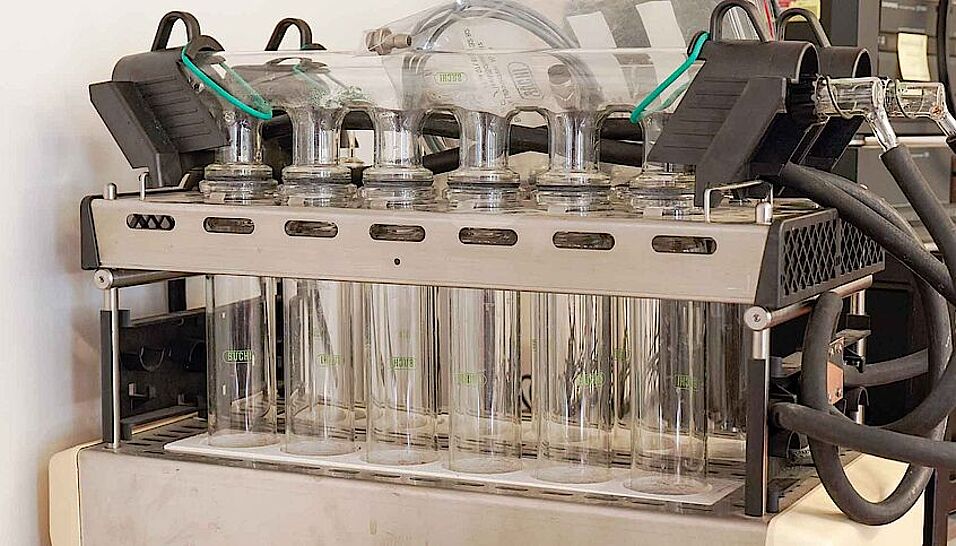Gemeinsam mit dem Start-Up für Social Urban Mining „Baukraussell“ hat das Raum- und Ressourcenmanagement der Universität Wien diesen nachhaltigen Second-Hand-Shop eingerichtet.
Gemeinsam mit dem Start-Up für Social Urban Mining „Baukraussell“ hat das Raum- und Ressourcenmanagement der Universität Wien diesen nachhaltigen Second-Hand-Shop eingerichtet.

(c) Universität Wien